The Guild of Coiners & Moneyers originated in the first century of the Settlement Era around the area of the
Vermell Peninsula in the far south of Turoza. The first century of the Settlement Era was one of immense change across the whole continent, with groups of people of all races and ethnicities beginning to root themselves in single permanent locations, rather than keeping to the nomadic lifestyles of their forebears. This meant that for the majority of people in Turoza, the barter based, gift-exchange based, and in some places hunter-gather economies were rapidly becoming insufficient for the needs of the emerging nations and city-states.
It was the lack of clarity and standardisation in the local barter economy that led the blacksmith of the village of Correntdor, nestled in the foothills of the
Esbalt Mountains to come up with a system to facilitate and streamline easy trade within his community. What the blacksmith, Octavi Gold-Scale, invented was coinage. The moment when Octavi invented coinage, known as the 'First Striking' within the Guild, revolutionised the economy of Correntdor, and soon the entire area of the Vermell Peninsula was using a currency-based system of exchange.
Initially, Octavi Gold-Scale was the only producer of coinage, which was sustainable when the system only existed in Correntdor village. As the popularity of his system took off, however, Octavi began to train apprentices in his craft and within five years, the Guild of Coiners & Moneyers was officially formed. The reason behind the forming of the Guild was primarily because Octavi wanted to protect the integrity of what he had created. His system was founded upon the principal that people could guarantee the amount of precious and base metal that made up their coinage, ensuring that its value remained stable. Octavi felt strongly that to share his production process to anyone other than those he could trust not to reveal his method, and had the skills to produce his coinage, would completely destabilise what he had created. With the formation of the Guild in 98S.E., Octavi ensured that the rules of membership would protect his system for time immemorial, and from that day on, only those who were deemed trustworthy enough, and skilful enough were trained in the art of coining.
When the
Sultanate of Fashaddon conquered the Peninsula in the year 107S.E., the concept of currency was exported to the desert kingdom, and with the idea being embedded in the Sultanate’s economy, the idea rapidly spread north to the rest of the continent. Now, the currency that the Guild produces is used in virtually every settlement in Turoza, and even the lowliest copper piece is recognised as an item of intrinsic value in the few areas that do not regularly use coins.
The ubiquity of coinage in Turoza gives the Guild of Coiners and Moneyers an incredible amount of power, as they are in the unique position to manipulate the politics and economics of Turoza’s nation states. The founding principles of the Guild, laid down by Octavi Gold-Scale when it was formed are, some would argue, deliberately vague. This means that the Council of Masters and the Principal can in effect give themselves a mandate to heavily influence the continent of Turoza. On the one hand the Guild can be seen to influence matters in a broadly acceptable way, such as the bankrolling of two large and expensive public works projects, the building of the Tarcan Aqueduct and the Tarcan roadway. The Tarcan Aqueduct project helped to stabilise the Sultanate of Fashaddon, by helping to provide precious water to the rapidly growing towns and cities of the desert kingdom, whilst the construction of the Tarcan roadway drastically increased the ease of trade by land between the northern and the southern kingdoms.
On the other hand, many of the Guild’s activities are harder to justify as they appear to be predominantly protectionist of the Guild’s own position and assets. Some scholars have suggested that the Guild of Coiners and Moneyers was a key player in the destabilisation and then collapse of the Kingdom of Reinhart. When Reinhart tried to introduce their own unique system of coinage in the year 383S.E., to reduce the influence of the Guild in global politics, the Guild deliberately flooded Reinhart’s local economy with debased coinage, worth a fraction of the coins of the regular currency, whilst simultaneously ceasing to ship and distribute the regular coinage in the Kingdom. This led to what is known as the ‘Great Famine’ in Reinhart as the other nations of Turoza stopped trading with them, for fear that their own economies might be similarly corrupted. Unable to buy key agricultural produce, the population of Reinhart began to starve. After two years of economic isolation, and countless thousands dead from starvation, the nobility rose up against King Wulf XII, summarily executed him, and placed his son on the throne with strict instructions to cease all unauthorised minting of coins, and approach the Guild of Coiners & Moneyers to beg forgiveness. Although the Guild did then end the economic isolation of Reinhart, the child King Wulf XIII had so many lingering health problems from the malnutrition and stress he suffered during the Great Famine that within three years he was dead, and the Kingdom of Reinhart descended into the civil war from which it has never recovered.
Since then, the other nations of Turoza have learned to treat the Guild with great respect, and to not try to threaten the monopoly that they hold.
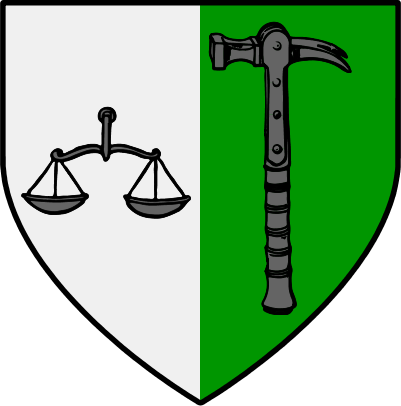


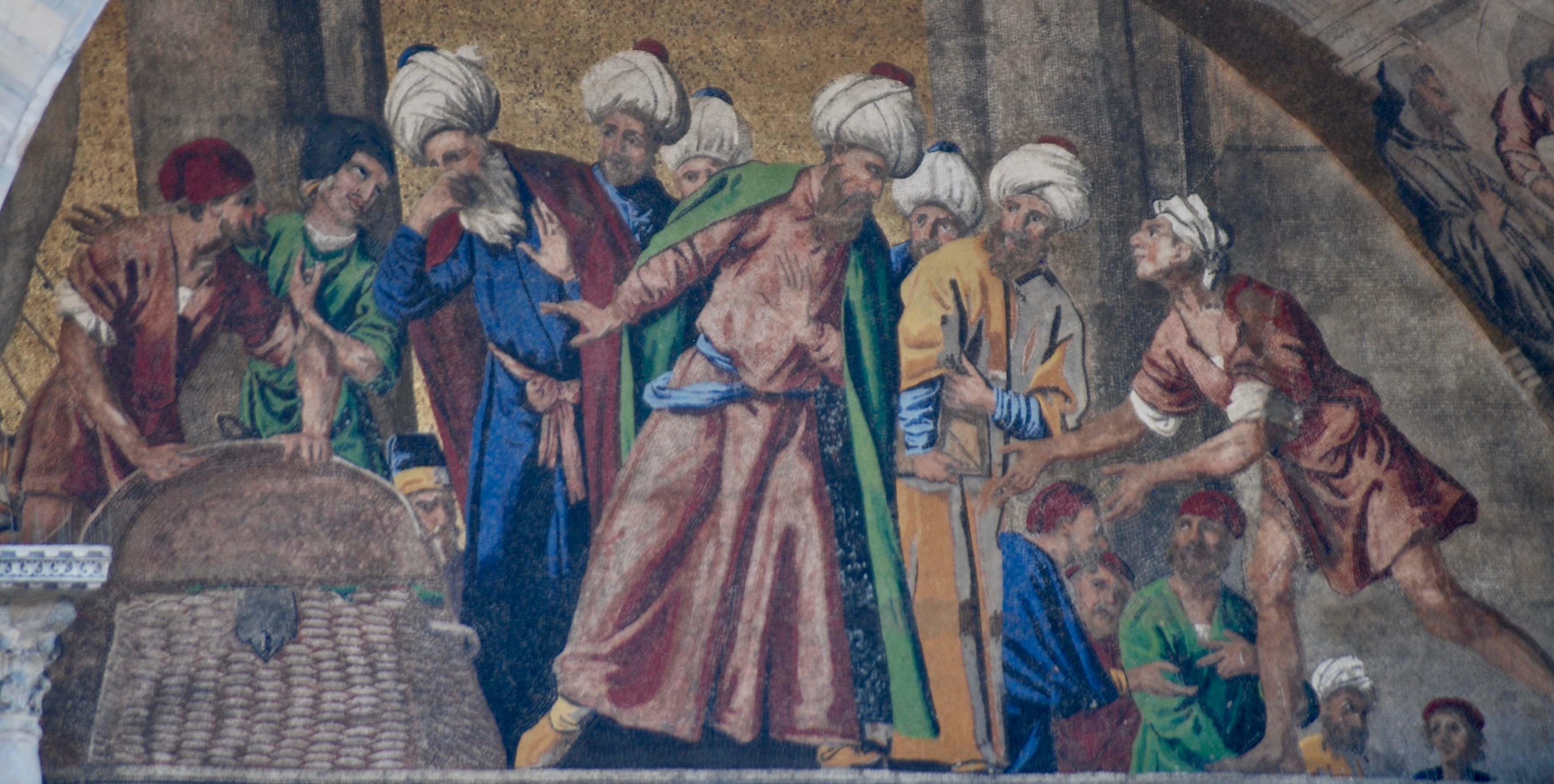
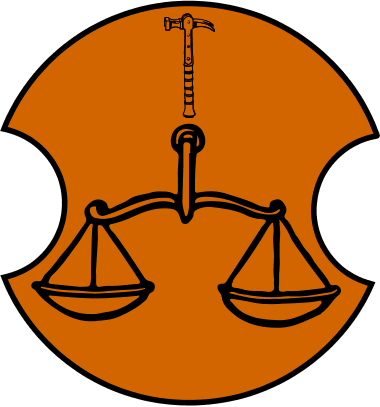
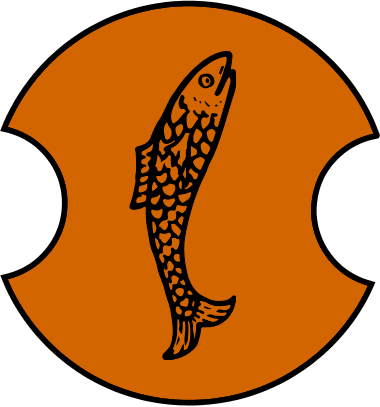
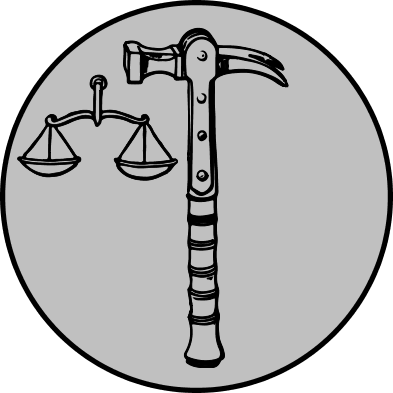
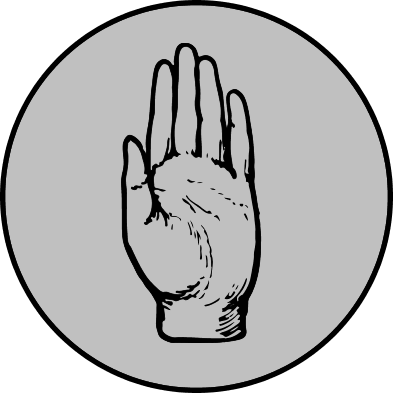
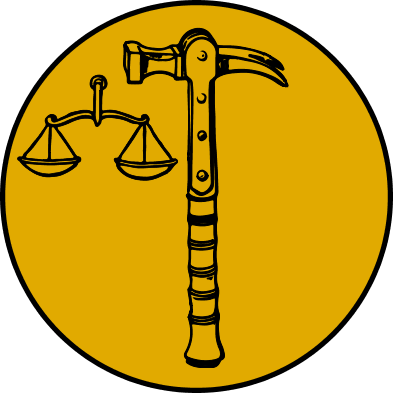
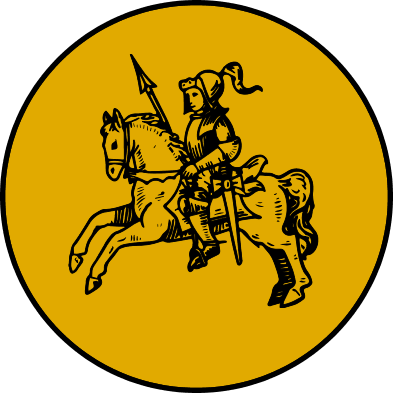
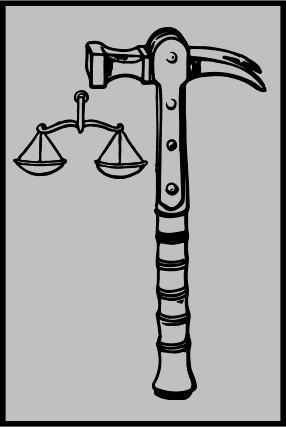
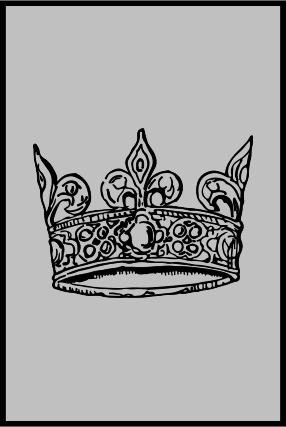


Comments